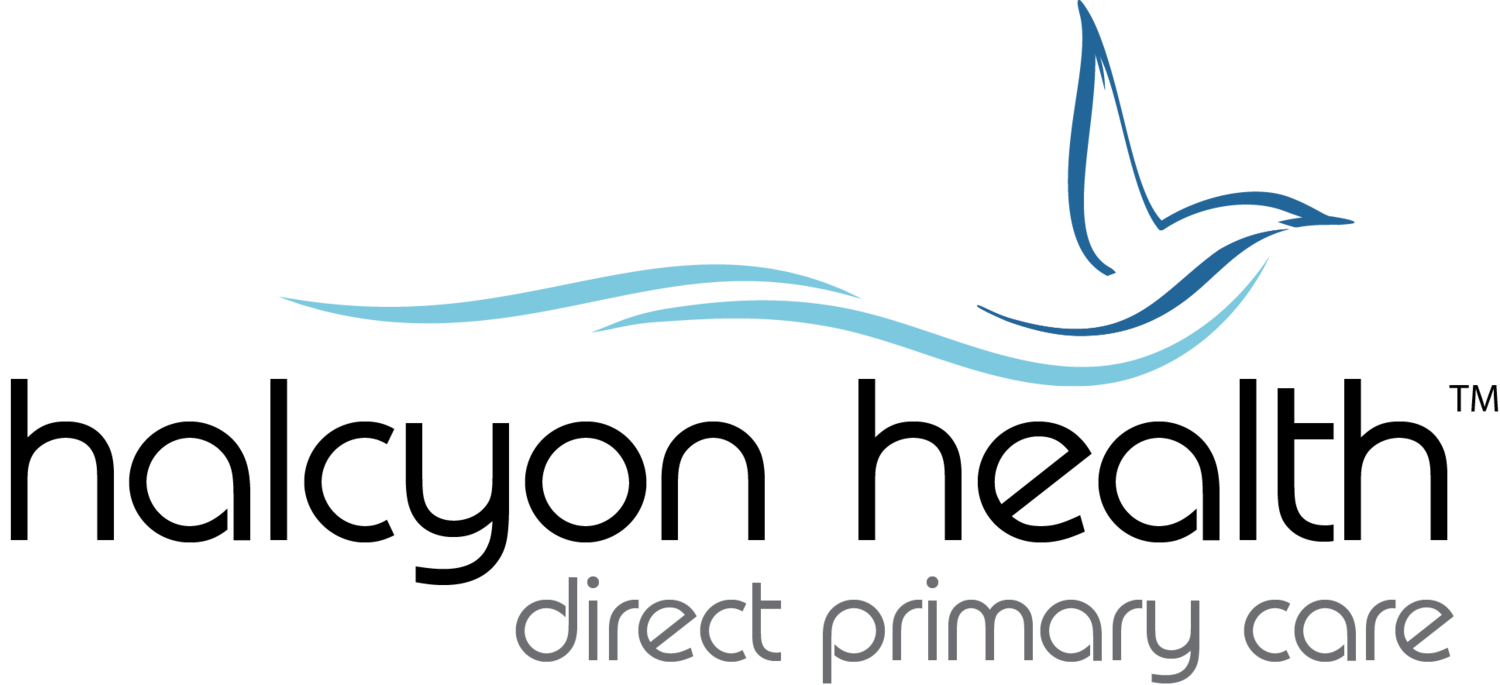Did you know that healthcare providers take a staggering amount of money from pharmaceutical companies? Doctors in California, my home state, received the country’s highest payout in 2014 at $491 million. The bigest stipends are for speaking engagements, and the widest net is cast by providing free lunches. In 2013 Pfizer provided payments to over 142,000 doctors. All of these payouts are intended to influence physicians to prescribe more of their drugs. It seems to work pretty well, which is likely why it continues on such a large scale. However, more often now, we are not permitting this conflict of interest to occur. Large healthcare centers have been passing policies that pharmaceutical representatives are not allowed to interact with their healthcare providers. There is more transparency as to which doctors are getting money from pharmaceutical companies, thus arming patients with information they can use to decide who to trust.
Pharma Free
I have made a promise to myself and my patients that I will not talk with pharmaceutical representatives or take anything free from them. I try to convince my colleagues to do the same and many of them agree, however there are some who continue to disagree. Here are a some things I hear from my colleagues about why they think it’s ok to have that free lunch, along with my responses:
“It doesn’t change my prescribing practices.”
If it didn’t increase drug sales, I truly doubt that pharmaceutical companies would invest in these marketing tactics. This study showed that physician interactions with pharmaceutical representatives were associated with requests by physicians to add the drugs to the hospital formulary and changes in prescribing practice. It also showed that attending drug company sponsored programs led to non-rational prescribing along with higher prescription rates of the sponsor’s medications.
“How else would I learn about new drugs?”
The information provided to doctors by drug companies is biased. It often isn’t representing the best science that we have. There are many other more objective and less biased resources for information on proper treatments. In this study, it showed that drug company-sponsored Continuing Medical Education (CME) preferentially highlighted the sponsor's drug(s) compared with other CME programs. This study showed that when drug companies sponsor a trial the outcome is significantly more likely to be positive. An evaluation of pharmaceutical advertisements in medical journals showed that 36% of the graphs used numeric distortion. This is a practice of altering the representations of the numbers to bias the onlooker. Numeric distortion is specifically prohibited by the FDA. Not one journal article in this review of 187 drug advertisements in the US reported the number needed to treat (NNT). The NNT is a great way to help doctors understand the value of a treatment. It is simply the number of people that will need to take the treatment before one person benefits. For example, the NNT for aspirin is 1667. Meaning 1667 people need to be treated with aspirin to prevent one person from having a “cardiovascular event." (Check out my other blog post on the NNT and NNH).
“The free samples help save money.”
In 2011 the drug industry distributed $6.3 billion in samples. Many patients perceive the sample as a gift but the "gift" often comes at a cost. In April 2014 there was a study published titled Free drug samples can change prescribing habits of dermatologists. This study showed that physicians in offices with free samples tend to prescribe fewer generic medications and more brand name drugs which are more expensive. This particular study showed that in an office with no samples, the average cost of treatment for acne was $200, in an office with samples it was $465 -- over twice the cost!
“The samples help my patients get medications that they wouldn’t otherwise have.”
It’s been shown that the free samples don’t end up in the hands of those who really need them. Less than one third of all sample recipients were low income. Further, low-income uninsured patients were less likely to receive free samples than those who had continuous health insurance.
What Can You Do?
Thankfully, more resources are available now for the public to speak up about this. ProPublica has created a database called Dollars for Docs that makes it easy to see if your provider has taken money from any pharmaceutical company. If you find that your healthcare provider has taken money, there are a couple of steps I would recommend taking.
- First, ask them about it. If more people voice concern about this relationship then more healthcare providers will be reticent to take that next free lunch.
- Second, the dollars for docs database has a list of drugs made by the drug company paying your doctor. If your doctor prescribes a medication on this list, you might want to ask them to explain exactly why they chose that medication and not another.
- You could also ask them to tell you the number needed to treat (NNT) so you can get a sense of how effective the medication is. (Read my recent post on NNT and NNH)
If you raise these questions with your doctor, perhaps they will become a bit more uncomfortable accepting that next free lunch and we can all move towards a better healthcare system.
More Information
Here's a recent article from Scientific American anda clip from the most recent episode of Last Week Tonight

